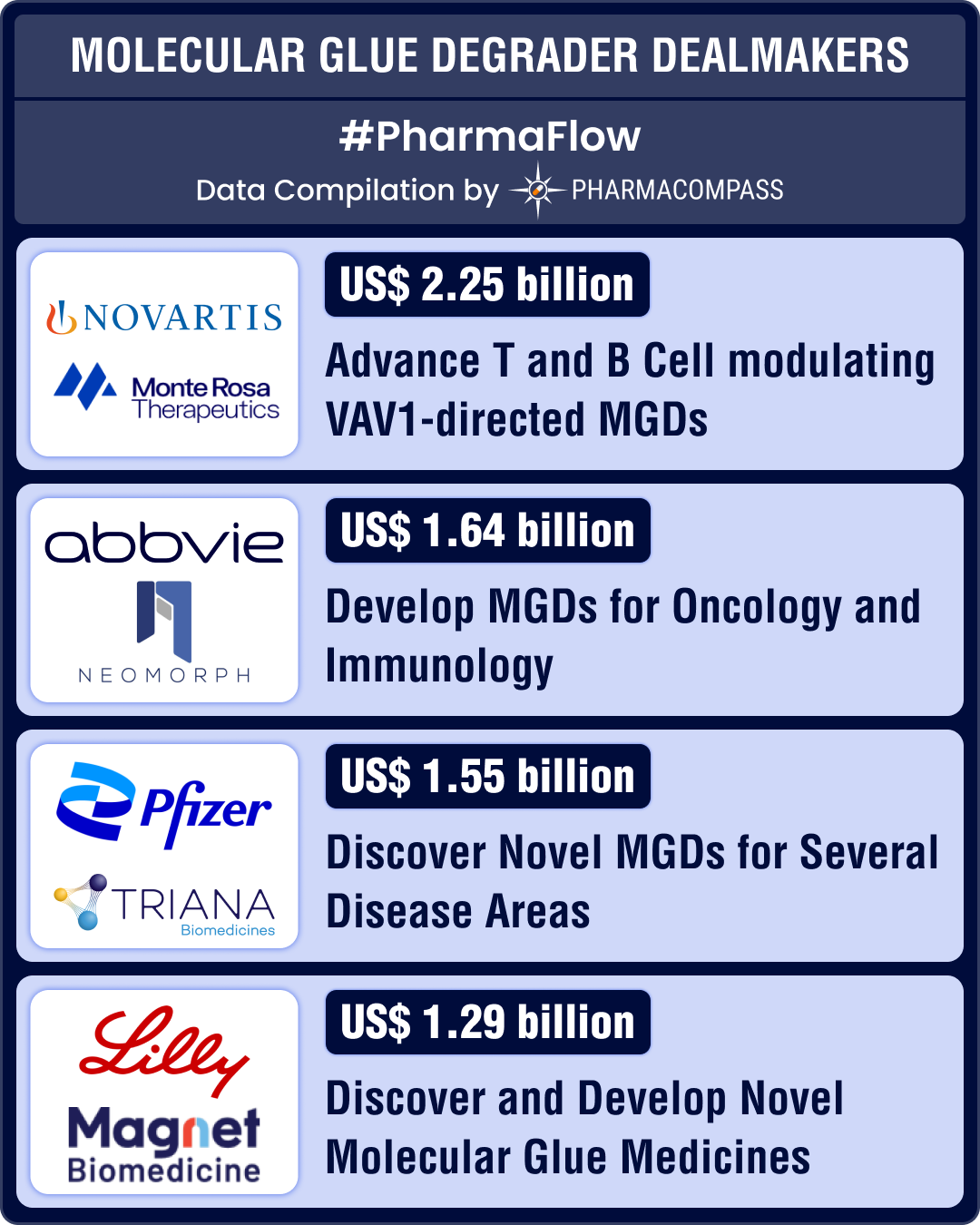
As the PharmaCompass
team worked each day to aggregate global pharmaceutical news, it found non-compliance
concerns raised by global regulatory authorities to be a significant
contributor to all the news it had collected.
Week after week, there was one compliance concern or the other. Be it coming from India or China, data integrity concerns dominated pharmaceutical news headlines.
As non-compliance concerns at manufacturing sites severely
impact the global pharmaceutical supply chain, PharmaCompass has summarized all non-compliance concerns (in 2015) related
to current good manufacturing practices (cGMP) raised by regulators in the
United States and Europe.
The bigwigs dominated non-compliance headlines
In 2015, it wasn’t just the 35 companies that were found out of compliance by the US and European regulators with respect to cGMP that surprised the pharma world.
What surprised them was the fact that a significant percentage of these manufacturing sites belonged to well established, multi-billion-dollar industry heavyweights like Novartis (Sandoz), Glaxo, AstraZeneca, Dr. Reddy’s, Mylan and Akorn.
It’s all about data integrity
Data integrity topped the list of concerns for which companies got cited by the regulators. And in many cases, the US Food and Drug Administration (FDA) banned the import of drugs from certain companies well before they issued a warning letter.
Megafine
Pharma, Ipca
Laboratories, Akorn India, Emcure
Pharmaceuticals and Zhejiang
Hisun Pharmaceuticals were some of the companies that were placed on the FDA import alert list before the warning letters were made available by the FDA to the general public for review.
Global regulators unite against non-compliances
This year also witnessed a global regulatory collaboration against non-compliances that had never been seen before.
India’s Sri
Krishna Pharmaceuticals, Parabolic
Drugs, Polydrug
Laboratories and China’s Jinan
Jinda Pharmaceutical Chemistry were found out of compliance by one
regulatory authority and almost immediately other regulators, in the United
States, Europe, Canada, Brazil and the UAE, took action to ensure products that
did not comply with good manufacturing practices were not supplied into their
country.
An opportunity for many
However, the regulatory action also revealed the Achilles’ heel of the pharmaceutical supply chain. Major suppliers to the global pharmaceutical supply chain like India’s Ipca Laboratories and China’s Zhejiang Hisun were allowed to continue supplying products from the sites found to be out of compliance, to ensure drug shortages weren’t created in the United States.
Sourcing professionals have recognized the need to be dual sourced by compliant manufacturers and the conversation has begun to shift from a price-only discussion to one of ensuring sustainable supply.
There was positive news too
At the same time, there were a lot of positive developments in the pharma world. Majority of companies that were inspected by global regulatory authorities did not run into any regulatory trouble. Others with a troubled past – like Canada’s Apotex, India’s Wockhardt, generic major Hospira and Jordan’s Hikma – turned the corner and successfully addressed most of the concerns raised by the regulators in the past.
View our non-compliances compilation
In case you missed some of the compliance news, PharmaCompass has compiled all the FDA Warning Letters, Import Alerts and EDQM (European Directorate for the Quality of Medicines) Non-Compliance Reports issued in 2015 for easy access.
Now, let’s wait and see what 2016 rings in for the world of pharmaceuticals. Wishing you a happy 2016.
The PharmaCompass Newsletter – Sign Up, Stay Ahead
Feedback, help us to improve. Click here
Image Credit : Accident with two cars by orangesky3 is licensed under CC BY 2.0
“ The article is based on the information available in public and which the author believes to be true. The author is not disseminating any information, which the author believes or knows, is confidential or in conflict with the privacy of any person. The views expressed or information supplied through this article is mere opinion and observation of the author. The author does not intend to defame, insult or, cause loss or damage to anyone, in any manner, through this article.”






